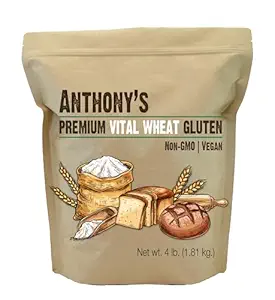
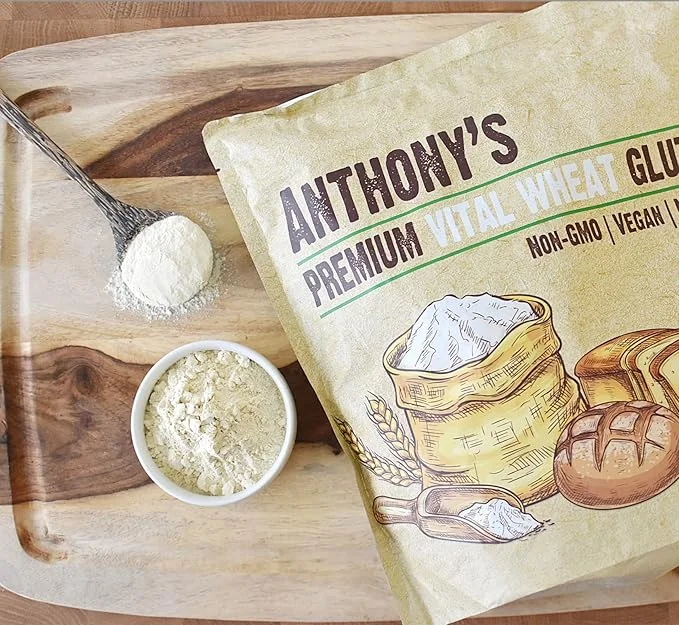
Wheat in 2025: Origin, Importance, Flour, Germ, Pasta & Aashirvaad Atta Price.Wheat serves as the foundation for innumerable dishes worldwide, from hot rotis in South Asia to flaky pastries in France. It is more than just another grain. As of 2025, wheat is still a staple food that feeds billions of people every day. However, how much do we actually understand about this grain of gold? From the field to your kitchen shelf, this blog delves deeply into the science, history, and contemporary significance of wheat. This guide covers everything, whether you’re looking for atta prices, a health-conscious person, or an inquisitive foodie.

🌾 The Ancient Origins of Wheat
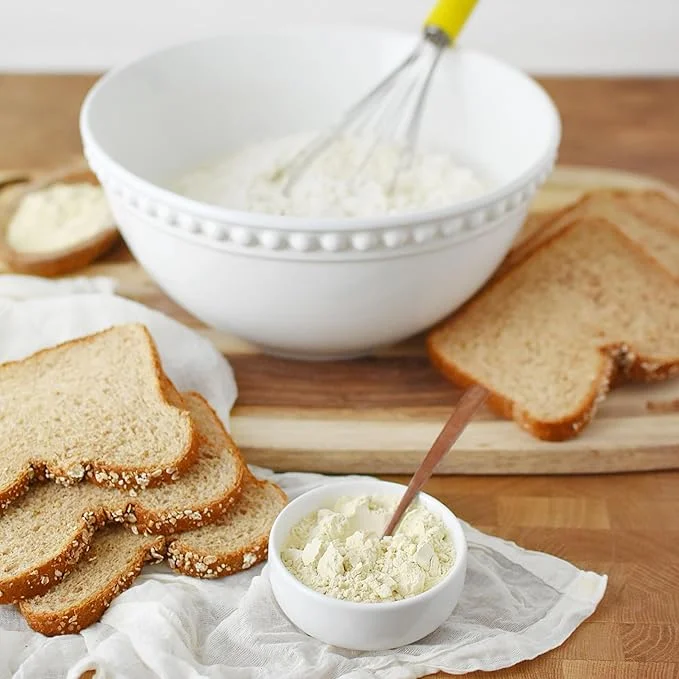
Birthplace of Wheat: The Fertile Crescent
Consider traveling back 10,000 years. Humanity is only now starting to settle down, abandon hunting and gathering, and try farming. Wheat was first domesticated in the Fertile Crescent, a fertile and advantageous region between the Tigris and Euphrates rivers (present-day Iraq, Syria, and Turkey).
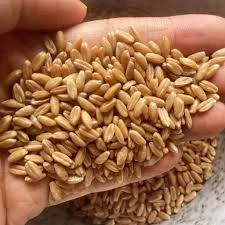
In addition to having an abundance of natural resources, this ancient area was the birthplace of agriculture. When early humans started gathering wild wheat seeds, they discovered that there were several ways to grind, cook, and consume them. They gradually made the switch to purposefully sowing these seeds, which led to the development of farming. From these modest origins, wheat progressively expanded throughout Europe, Asia, and beyond via trade routes, conquests, and migrations.
The story of wheat’s origin is noteworthy because it bears witness to

Early Cultivation and Spread Across Civilizations
Wheat’s adaptability made it the preferred grain throughout empires as the millennia went by. It was baked into bread by the Egyptians. It was a part of the military rations of the Greeks and Romans. It quickly spread throughout almost every suitable region of the world, from the Russian steppes to the Punjab plains, thanks to traders who brought it along the Silk Road.
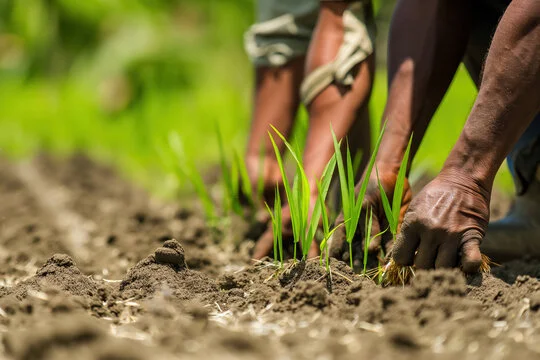
Large-scale processing of wheat flour was made possible by advancements in milling technology by the time of the Industrial Revolution, which fueled the growth of packaged goods and commercial bakeries. Wheat is still essential to global trade and food security in the twenty-first century, having been grown on six continents. It is a modern necessity as well as a historical grain.
🔬 Scientific Classification and Anatomy of Wheat
Scientific Name and Common Varieties
Two types of wheat, which are the most widely produced worldwide, are members of the genus Triticum:
The most widely consumed type is Triticum aestivum, also known as “bread wheat.” Everything from soft chapatis to sandwich bread uses it.
Triticum durum: A protein-rich hard wheat that is mostly used to make pasta and semolina.
There are also a number of other types, such as Triticum spelta, or spelt, an ancient grain that is currently experiencing a renaissance in the health food industry.

Botanists are not the only ones who should understand the scientific classification of wheat. Each type has unique textures, baking properties, and health advantages. For instance, bread wheat provides the elasticity required for soft loaves and flatbreads, while durum wheat’s higher protein content makes pasta chewier and more filling.
Understanding Wheat Grain Structure: Bran, Germ, and Endosperm
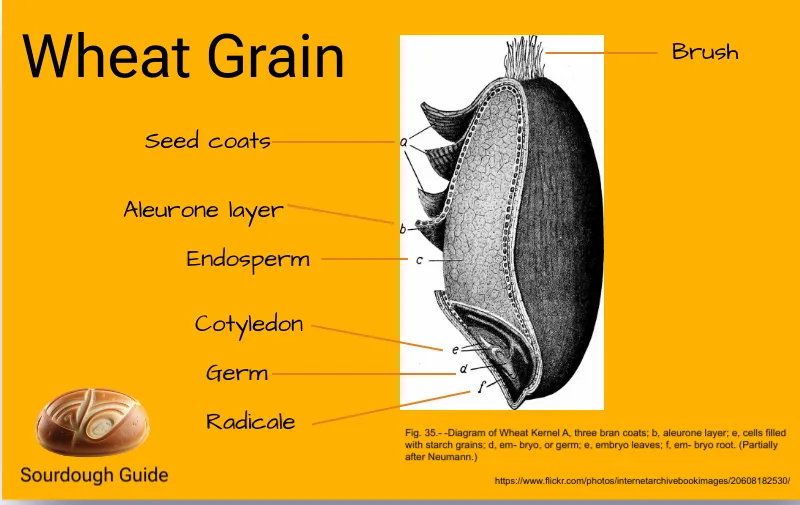
A wonder of natural engineering is revealed when you cut open a wheat kernel, also known as a wheat berry. There are three main components to the grain:
The tough outer layer, or bran, is high in B vitamins, fiber, and antioxidants. It promotes heart health and facilitates digestion.
Germ: The grain’s core, this little powerhouse is packed with minerals, healthy fats, and vitamins like folic acid and E.
The majority of white flour is made up of endosperm, the largest component that is rich in starchy carbohydrates and some proteins. It serves as the primary source of energy.
Wheat loses many of its nutrients when the bran and germ are frequently removed during the processing of wheat into white flour. Because of this, whole wheat products that keep all three ingredients are regarded as
✅ The Global Importance of Wheat in 2025
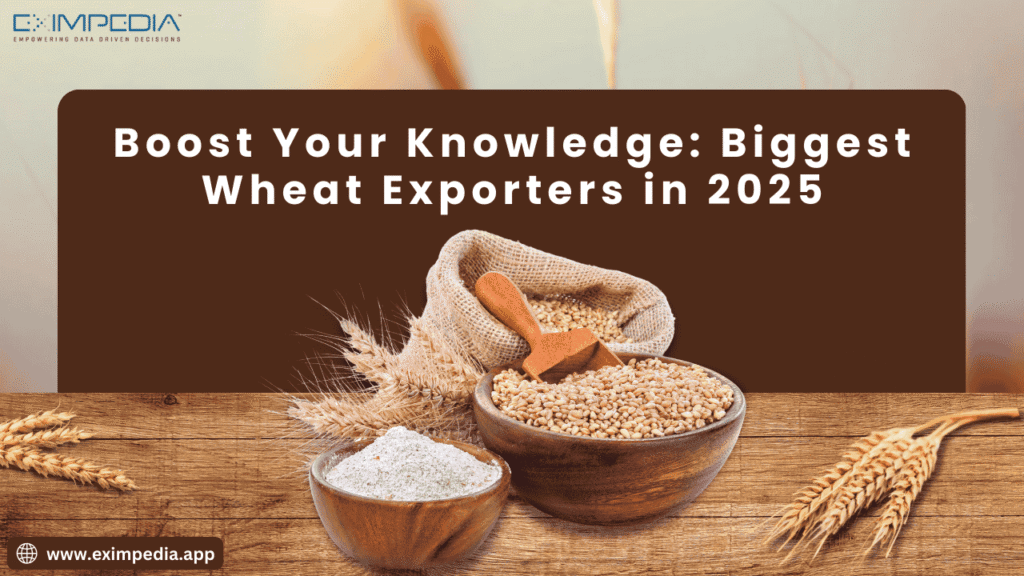
Wheat as a Nutritional Powerhouse
Wheat is more than just carbs. While it’s often misunderstood as a “filler” ingredient, in its whole form, wheat offers a treasure trove of essential nutrients. Here’s what makes it special:
- Complex Carbohydrates: Provides sustained energy, unlike the crash from sugary snacks.
- Dietary Fiber: Helps regulate digestion, lowers cholesterol, and promotes satiety.
- Protein: A good source of plant-based protein, especially when combined with legumes.
- Vitamins: Especially B-complex (like thiamine, niacin, and folate) which support metabolism and brain function.
- Minerals: Contains iron, magnesium, zinc, and selenium, crucial for immunity and overall health.
In 2025, as more people lean toward nutrient-dense diets, whole wheat has gained popularity in health-conscious communities. From diabetic-friendly rotis to high-fiber cereals, wheat is reclaiming its place in modern nutrition trends.

Economic and Agricultural Relevance
Over 2.5 billion people rely on wheat as their main food source, and it is grown in more than 120 countries. It plays a crucial role in:
Agriculture: Growing wheat is the primary source of income for hundreds of millions of farmers.
Trade: For nations like the United States, Canada, and Russia, wheat exports are a significant component of their economies.
Food Security: It is essential to food relief and sustainability initiatives because it is simpler to transport, store, and process than other perishables.
Wheat is the economic lifeblood of both large and small communities, whether it is found in Kansas grain silos or rural farms in India. Because of its adaptability to different climates, it is also a strategic crop in a world where climate change and unpredictable weather are major issues.

🍞 Different Types of Wheat-Based Products
Whole Wheat Flour vs Refined Wheat Flour
Let’s start with the basics: Whole wheat flour is made by grinding the entire wheat grain—bran, germ, and endosperm included. This makes it richer in nutrients, fiber, and a bit denser in texture. It’s perfect for making wholesome rotis, rustic bread, and healthy muffins.

On the flip side, refined wheat flour, also called maida, is processed to remove the bran and germ, leaving behind only the starchy endosperm. This results in a smoother texture, but it also means losing out on vital nutrients.
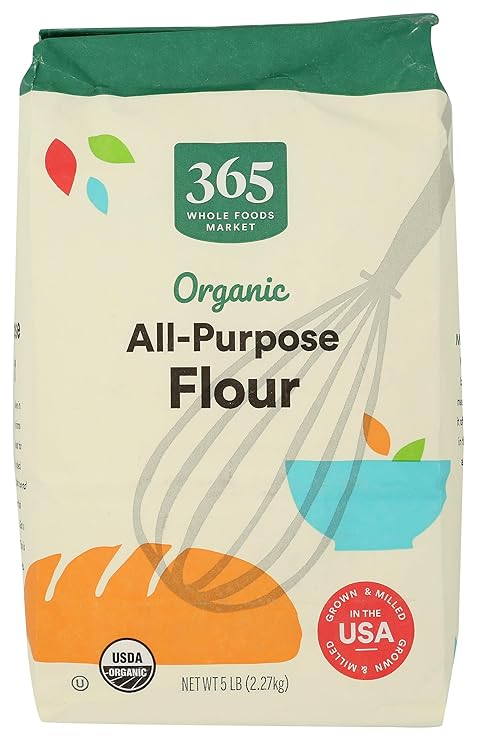
In 2025, more brands are leaning toward “fortified” flour, where synthetic vitamins are added back in. Still, nothing beats the real deal—natural whole wheat flour.
Key differences at a glance:
| Nutrient Content | High | Low |
| Texture | Coarse, hearty | Soft, fluffy |
| Glycemic Index | Lower | Higher |
| Best For | Rotis, healthy baking | Cakes, pastries |
JOINE OUR WHATSAPP CHANNEL :-
2- “Gold Rate Today Karachi And Pakistan”








